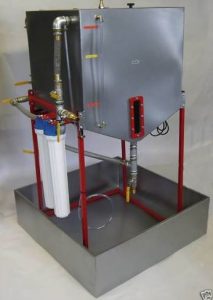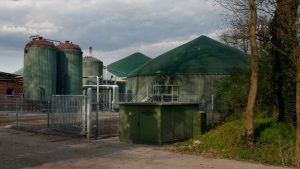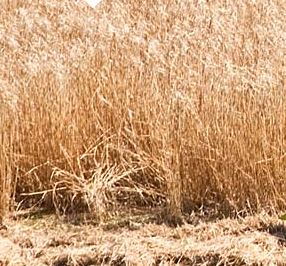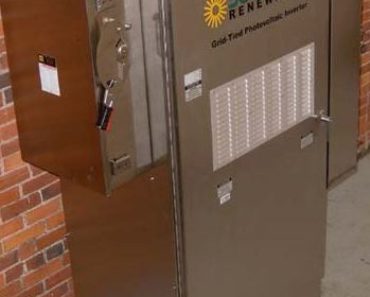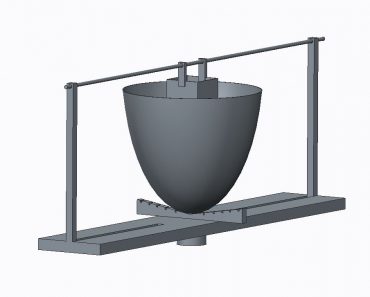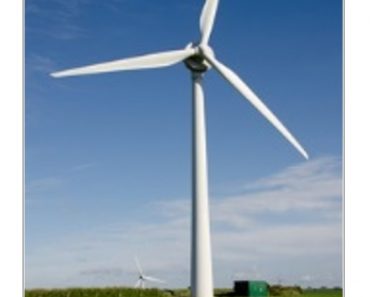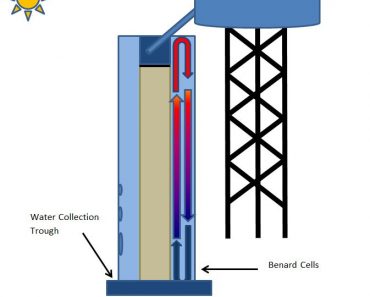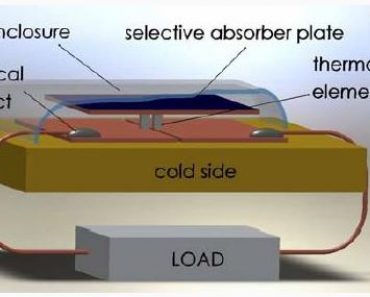A farm is one of the best places for exploiting renewable energy. Farms normally are spread over a vast area of land which is exactly what is required to harness renewable energy. Situated away from the built environment, they normally receive both solar and wind energy, untrammelled. Planning permission is also relatively easy to acquire compared to places in town/ cities. In addition, farm animal waste can also be brought to good use for producing renewable energy. This article looks at all available renewable energy options on the farm.
Bio Diesel
For producing bio-diesel in large quantities, specialized equipment is required. This equipment can be easily accommodated in vast isolated space on the farm. Note that in many countries, there is no duty if the Bio –diesel produced on a particular site is under a certain quantity. In Britain for example, up to 2000 litres of bio fuel per year can be produced duty free.
Bio-diesel can be produced by two completely different methods. The first way is to grow oil crops (e.g. Oil Seed Rape). The second method involves processing waste cooking oil.
There is an added advantage in producing Bio-diesel through waste oil. A by-product of waste oil to bio–diesel conversion is glycerine. This by-product can be refined to produce industrial grade glycerine which can be sold to the cosmetic industry. The process of improving the quality of glycerine requires processing it with specialized equipment (e.g. Wide Film Evaporator) which can be costly. However, even if glycerine is unprocessed, it can be fed to an anaerobic digester which in turn can produce methane. More details on anaerobic digestion are present in the next section.
The Bio-Diesel processors are easily available and can be purchased on line from sites like e-bay at very low price. The processors are simply tanks with stirring equipment and a draining channel. They can be easily created on the farm itself.
Bio Gas
In many places around the world, Bio-gas is the easiest way produce electricity. The idea of producing Bio-gas is to accumulate all the animal waste in a tank which is normally called Anaerobic Digester (AD). Food wate and other organic matter can also be added. Very occasionally, chemicals are needed to increase the break down procedure. As the waste decomposes, methane gas is released and accumulates at the dome of the tank. Stirring equipment inside the tank ensures the homogenous processing of waste. A pipe at the top of the tank allows the built up methane to be collected and channelled to an onsite generator. With an adequate the amount of waste and size of digester, the bio–gas can run a generator for a few hours every day. During this time, the farm can use this electricity to pump water, run machinery, charge batteries or use it for any other recreational purpose. Methane gas can also be used directly in a gas burner for cooking purposes.
It should be noted that methane is more than 20 times more potent in its global warming potential when compared to CO2. Therefore burning of accumulated methane not only produces electricity but also reduces green house effect.
The added benefit of the digestate from the Anaerobic Digester is that it can also be used as an odour free fertilizer.
More details on Bio gas and AD can be found on this link.
Bio-Mass
Growing Bio Mass crops can greatly reduce inputs needed to produce food in addition to reducing topsoil losses.
Bio Mass can be used for extracting ethanol (from corn) or it can be burned directly ( such as straw). Crops like Miscanthus or elephant grass are high yielding and its use as bio fuels out-performs “maize” and other alternatives. The crop is easy to grow and low maintenance.
One tonne of Miscanthus could produce fuel enough to drive a car 750 miles (based on 25 mg). Growing Trees is another alternative, but is a slower process.
Wind Turbine
Wind turbines can offer the most profitable deals for farmers. In many countries, governments offer rebate on the purchase of wind turbines up to certain size (10-50 kW). Furthermore Feed in tariffs (FiTs) are available that provide a continuous income stream through the life of the turbine (20-25 years depending upon the contract). Wind Turbine can electrify the farms and make them grid independent or they can reduce dependency on the grid. The other advantage of wind turbine is its low physical foot print. Even the largest turbines occupy a small area and the remaining filed can still be cultivated. A more detailed guide for farmers on selecting the right wind turbine can be accessed from this link.
Solar Panels
Solar Panels on the farm do not necessarily have to be installed in the fields. They can be installed on the house or the barn roof. In fact more recently in India, solar panels have been installed to cover the canals. This reduces the evaporation rate of water and millions of gallons of water can be saved.
Solar panels are a maintenance free way of producing electricity . They are particularly beneficial in areas where the climate of high atmospheric pressure is prevalent and precipitation is low. Over the last decade, Solar panel prices have dropped five folds making it one of the cheapest ways of tapping into renewables. The Solar PV systems are scalable and can be installed in sizes of a few watts to hundreds of kilowatts. Just like wind energy, FiT’s are also available for solar energy in many countries. The price for solar systems (panels, wiring, installation, inverter accessories) stand at only 2 USD per watt for systems above 4 kW. Therefore a 10 kW system can today be installed for mere 20, 000 USD (approximate).
The pay back time of the panels can be as low as 3 years. This mainly depends upon the amount of Solar resource available.
As can be noticed from the above passages, a farm is ideally suited for exploiting renewable energy. Grants are available for installing large scale turbines or large solar array from banks like the Green Investment Bank. Finance can also be pooled by a group of farmer and benefits of the renewable energy equipment can be shared. For example installation of large scale anaerobic digester can be installed in one farm and the output (slurry) fertilizer can be shared with the near by farms.
Please feel free to share this article using the buttons below.

